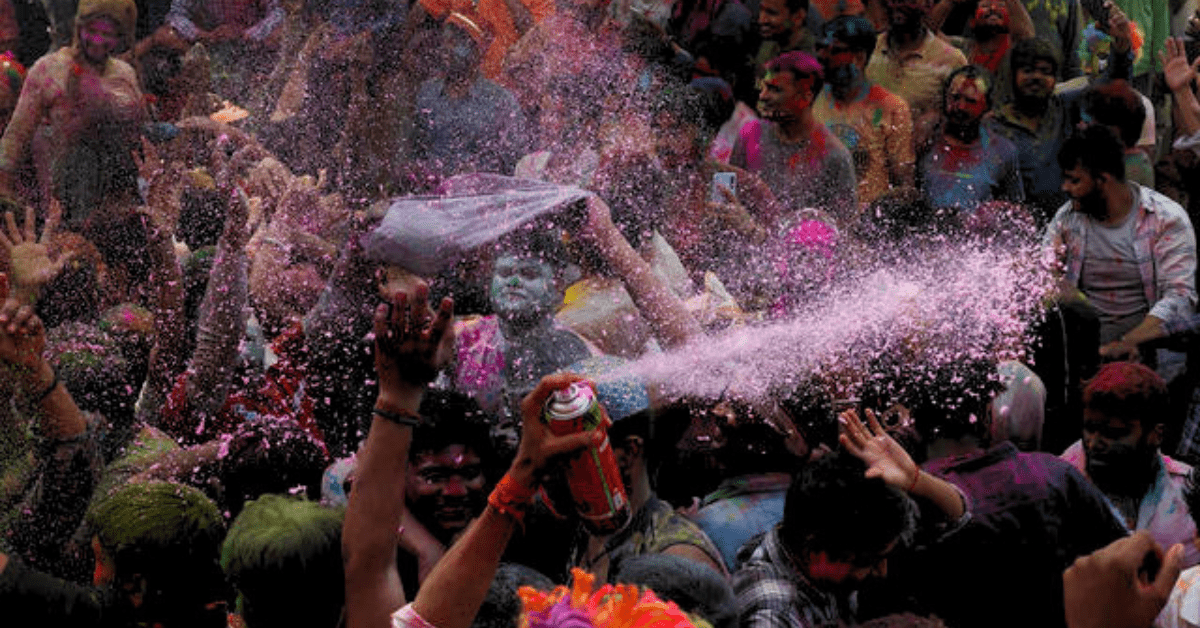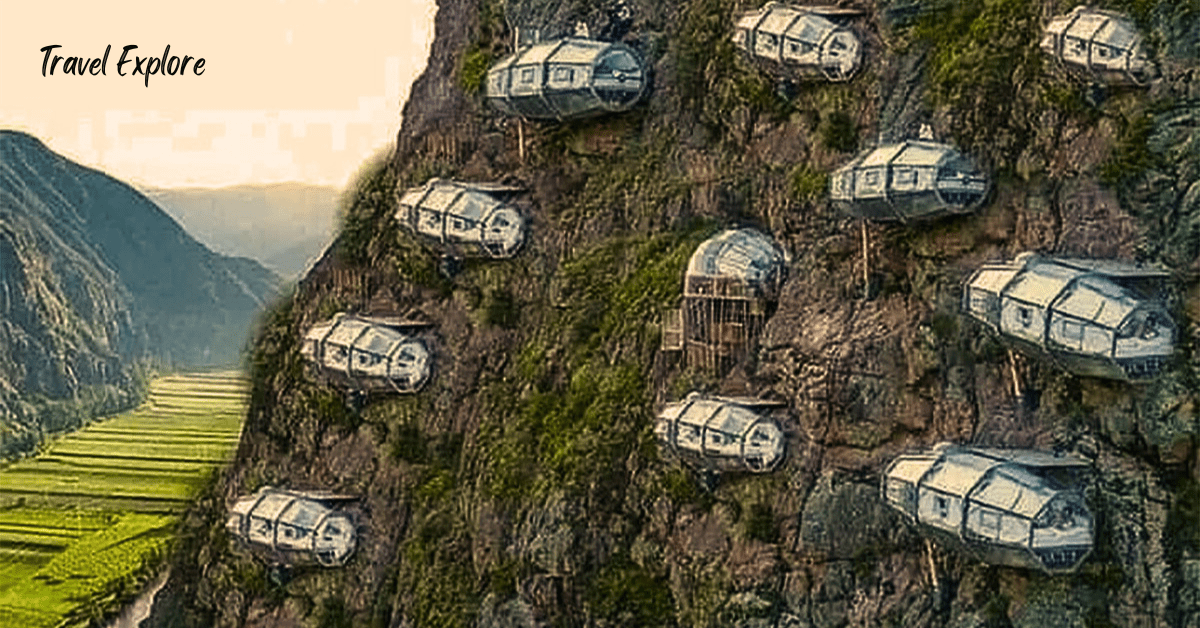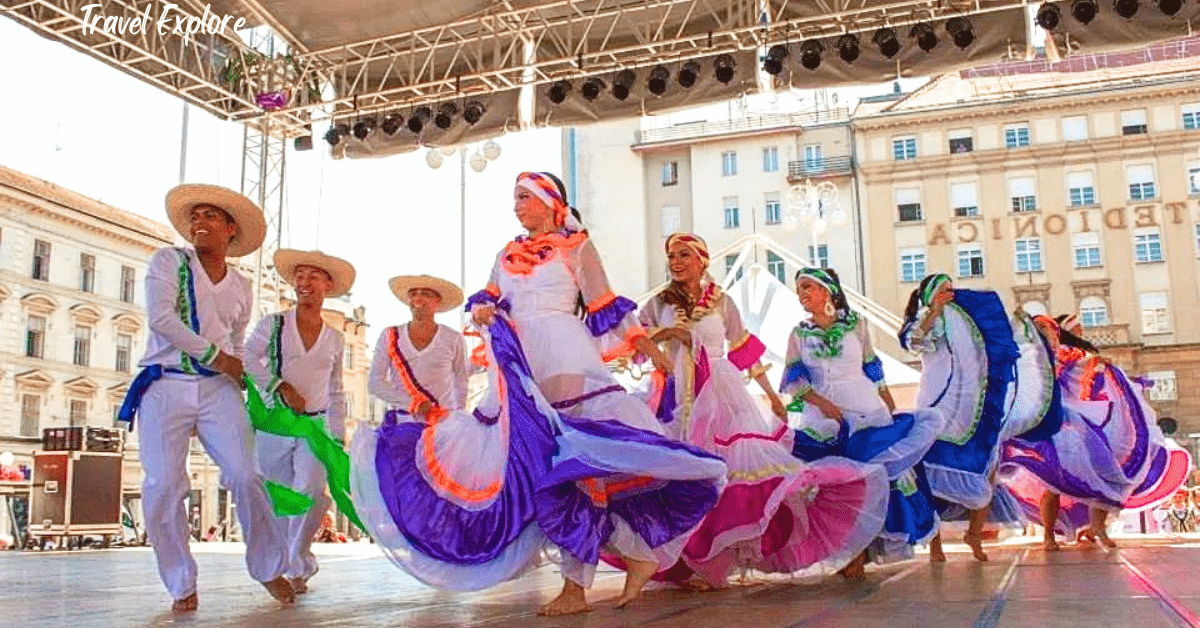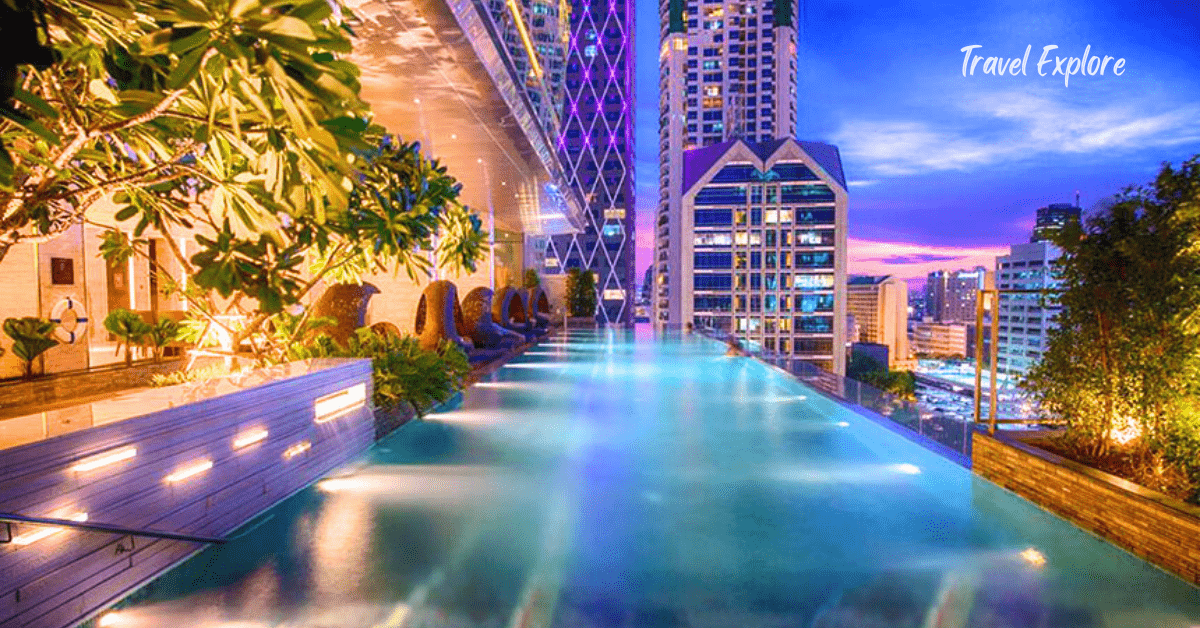Top Cultural Festivals in India for Solo Travellers

India, a land of diverse cultures and rich heritage, offers an array of vibrant festivals that can provide solo travelers with unique and unforgettable experiences. Here, we explore some of the most captivating cultural festivals that are perfect for solo travelers seeking to immerse themselves in the colorful tapestry of Indian culture.
Diwali – The Festival of Lights

Diwali, also known as Deepavali, is one of India’s most celebrated festivals, symbolizing the victory of light over darkness. This five-day festival usually falls between October and November and is marked by the lighting of oil lamps, bursting of fireworks, and sharing of sweets.
Solo travelers will find themselves welcomed into homes and communities as families perform rituals and prayers to honor Lakshmi, the goddess of wealth. The vibrant decorations, street performances, and festive markets create an enchanting atmosphere that is perfect for exploring the rich cultural heritage of India.
Holi – The Festival of Colors

Holi, the festival of colors, is celebrated with great enthusiasm across India, typically in March. Solo travelers can join the joyous celebrations where people smear each other with colored powders, dance to traditional music, and enjoy festive foods.
Places like Vrindavan and Mathura are particularly famous for their exuberant Holi festivities, where the streets come alive with processions, traditional songs, and dances. The sense of camaraderie and the riot of colors make Holi an unforgettable experience for any solo traveler.
Durga Puja – The Celebration of the Goddess

Durga Puja, predominantly celebrated in West Bengal, especially Kolkata, is a grand festival that honors the goddess Durga. Held in September or October, this festival features elaborately decorated pandals (temporary structures), cultural performances, and religious rituals.
Solo travelers can witness the artistry of the idol makers, participate in the rituals, and enjoy the vibrant cultural programs. The streets of Kolkata are adorned with lights and decorations, and the community spirit during Durga Puja is unparalleled, offering a profound insight into Bengali culture and traditions.
Pushkar Camel Fair

The Pushkar Camel Fair, held in the town of Pushkar in Rajasthan, is an annual livestock fair that attracts thousands of tourists and traders. Usually held in November, this fair offers a unique blend of cultural activities, camel races, and traditional Rajasthani music and dance.
Solo travelers can explore the bustling markets, witness the spectacle of decorated camels, and participate in various competitions. The fair also coincides with the religious festival of Kartik Purnima, where pilgrims take a holy dip in the Pushkar Lake. This vibrant and lively fair provides a fascinating glimpse into rural Indian life.
Navratri – The Nine Nights of Dance

Navratri, celebrated prominently in Gujarat, is a nine-night festival dedicated to the worship of the goddess Durga. Held in September or October, Navratri features nightly performances of Garba and Dandiya Raas, traditional Gujarati dances.
Solo travelers can join the dance circles, dressed in colorful traditional attire, and experience the infectious energy of the celebrations. The festival is also marked by fasting, feasting, and cultural programs that showcase the rich heritage of Gujarat. The inclusive and joyous atmosphere of Navratri makes it a must-visit for solo travelers.
Pongal – The Harvest Festival

Pongal, celebrated in Tamil Nadu, is a four-day harvest festival that takes place in January. It is a time of thanksgiving to the sun god for the bountiful harvest. Solo travelers can participate in the traditional rituals, such as cooking the special Pongal dish, and enjoy the vibrant folk dances and music.
The festival also includes activities like bull-taming contests and intricate kolam (rangoli) designs made with rice flour. Pongal provides an excellent opportunity for solo travelers to experience the agrarian lifestyle and cultural traditions of Tamil Nadu.
Onam – The Festival of Kerala

Onam, the state festival of Kerala, is celebrated with great fervor in August or September. It commemorates the homecoming of the legendary King Mahabali and includes ten days of cultural activities, boat races, flower carpet competitions, and traditional dance performances like Kathakali and Mohiniyattam.
Solo travelers can indulge in the grand Onam Sadya, a multi-course vegetarian feast served on banana leaves. The warm hospitality and the rich cultural heritage displayed during Onam make it an ideal festival for solo travelers to explore.
Bihu – The Assamese New Year

Bihu, the Assamese New Year, is celebrated three times in one year. Among these, Rongali Bihu is the most vibrant and widely celebrated. It marks the Assamese New Year and the arrival of spring.
Solo travelers can enjoy the traditional Bihu dance, music, and feasts, as well as participate in the various folk games. The festival is a reflection of Assam’s agricultural heritage and provides a glimpse into the region’s unique cultural identity.
Ganesh Chaturthi – The Birth of Lord Ganesha

Ganesh Chaturthi, celebrated predominantly in Maharashtra, marks the birth of Lord Ganesha, the remover of obstacles. Held in August or September, this festival features the installation of clay idols of Ganesha in homes and public pandals, followed by ten days of rituals, prayers, and cultural performances.
Solo travelers can witness the grand processions, immerse themselves in the devotional songs and dances, and experience the vibrant street food culture. The culmination of the festival, where the idols are immersed in water, is a spectacular sight that highlights the deep-rooted traditions and community spirit of Maharashtra.
Dussehra – The Triumph of Good Over Evil

Dussehra, also celebrates the victory of Lord Rama over the demon king Ravana. This festival, held in September or October, is marked by theatrical enactments of the Ramayana, known as Ramlila, and the burning of effigies of Ravana, Meghnath, and Kumbhkaran.
Solo travelers can explore the various Ramlila performances, participate in the processions, and enjoy the festive markets. Cities like Mysore in Karnataka and Kullu in Himachal Pradesh are renowned for their grand Dussehra celebrations, offering a blend of cultural immersion and historical exploration.
Conclusion
These festivals not only offer a deep dive into India’s cultural diversity but also provide solo travelers with numerous opportunities to connect with locals, learn about traditional customs, and create lasting memories. Whether it is the colorful chaos of Holi, the serene rituals of Diwali, or the spirited dances of Navratri, each festival brings its own unique flavor to the rich cultural landscape of India.
What are some major festivals celebrated in India?
India is known for its rich cultural diversity, and this is reflected in the numerous festivals celebrated across the country. Major festivals include Diwali (Festival of Lights), Holi (Festival of Colors), Eid-ul-Fitr, Christmas, Durga Puja, Navratri, Ganesh Chaturthi, Pongal, Raksha Bandhan, and Baisakhi.
When is Diwali celebrated and what is its significance?
Diwali, also known as the Festival of Lights, is celebrated between mid-October and mid-November. It marks the return of Lord Rama to Ayodhya after a 14-year exile and his victory over the demon king Ravana. Diwali symbolizes the victory of light over darkness and good over evil.
What is the significance of Holi?
Holi, known as the Festival of Colors, usually takes place in March. It celebrates the arrival of spring, the end of winter, and the blossoming of love. It is also associated with the legend of Prahlad and Holika. People celebrate by throwing colored powders and water at each other.
How is Eid-ul-Fitr celebrated in India?
Eid-ul-Fitr marks the end of Ramadan, the Islamic holy month of fasting. The celebration includes special prayers, feasting, and giving of alms (Zakat). People wear new clothes, exchange gifts, and visit friends and family.
What is the importance of Durga Puja?
Durga Puja, predominantly celebrated in West Bengal, takes place in September or October. It commemorates the victory of Goddess Durga over the buffalo demon Mahishasura. The festival involves elaborate pandals (temporary structures), music, dance, and cultural performances.
What rituals are performed during Navratri?
Navratri, meaning “nine nights,” is celebrated in honor of Goddess Durga. It involves nine days of fasting, prayers, dance (Garba and Dandiya Raas), and devotional music. Each day is dedicated to one of the nine forms of Goddess Durga.
How is Ganesh Chaturthi observed?
Ganesh Chaturthi is the festival celebrating the birth of Lord Ganesha. It involves the installation of Ganesha idols at homes and public pandals, followed by ten days of prayers, cultural activities, and processions. The festival concludes with the immersion of the idols in water.
What does Raksha Bandhan symbolize?
Raksha Bandhan, celebrated in August, symbolizes the bond between brothers and sisters. Sisters tie a protective thread (Rakhi) around their brothers’ wrists, and brothers vow to protect their sisters. The festival also involves the exchange of gifts and sweets.




